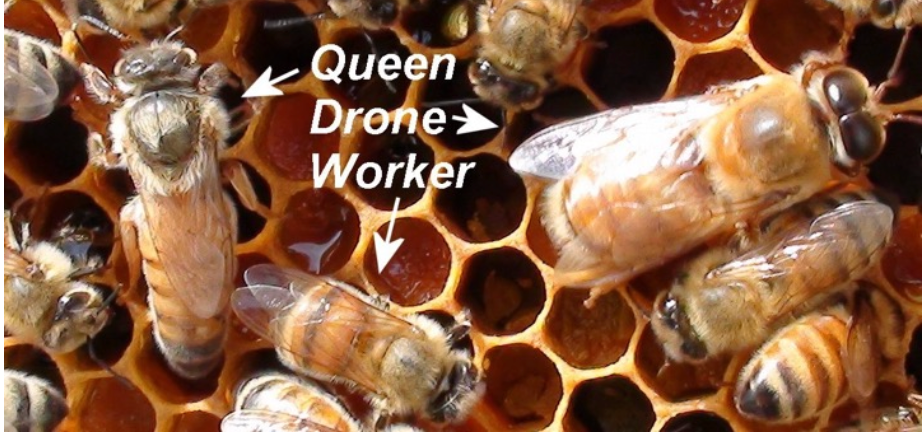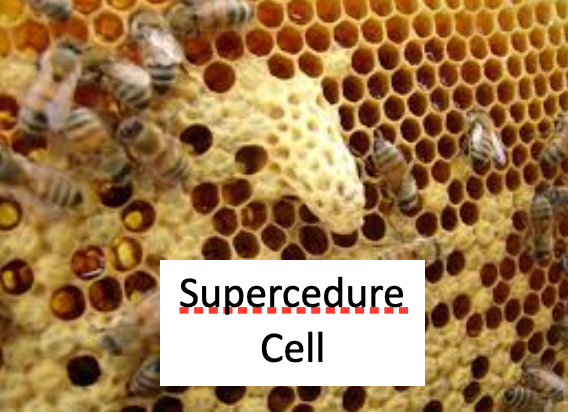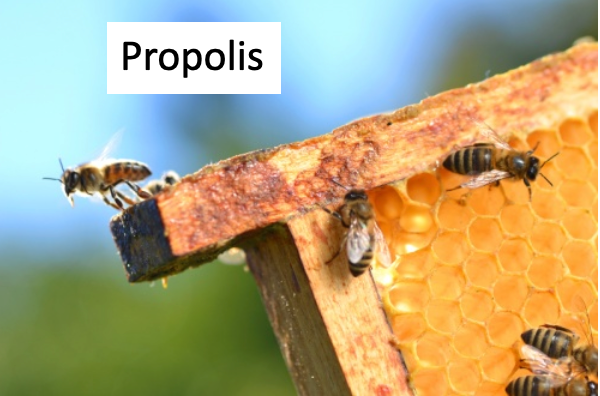Identification
Eggs & Larvae
On the first day, the queen bee lays a single egg in each cell of the comb. The egg generally hatches into a larva on the fourth day. The larva is a legless grub that resembles a tiny white sausage. The larva is fed a mixture of pollen and nectar called beebread.

Capped Worker Brood
Young larvae eat their way through the royal jelly in a circular pattern until they become crowded, then they stretch out lengthwise in the cell. Soon they begin to spin a cocoon, and their older sisters cap the cell as they go into the pupa stage. These cells collectively are called "capped brood."

Capped Drone Brood
Drone brood is defined as male bees developing in wax comb cells from unfertilized eggs by a process known as parthenogenesis. The development of drones (24 days) is longer than that of queens and workers (16 and 21 days, respectively)

Bee Identification
Queen - An adult, mated female (gyne) that lives in the hive
Drone - Male Bee
Worker - Female

Capped Honey
“Capped” honey is when the bees cover their honey with wax, much like putting a lid on it

Swarm Cells
Swarm cells produce a new queen to take the place of the one preparing to leave the hive. Typically, the bees produce many swarm cells and the strongest of these new queens take over the production of new brood for the colony. Typically found on the bottom of the frame.

Supercedure Cell
When a colony is raising a new queen to replace the aging, ill or missing queen, they produce supersedure cells. The new queen that emerges from the cell will take over from, or supersede, the old queen. Typically found towards the top of the frame.

Pollen
Bee pollen, also known as bee bread and ambrosia,[1] is a ball or pellet of field-gathered flower pollen packed by worker honeybees, and used as the primary food source for the hive

Propolis
Propolis or bee glue is a resinous mixture that honey bees produce by mixing saliva and beeswax with exudate gathered from tree buds, sap flows, or other botanical sources. It is used as a sealant for unwanted open spaces in the beehive.

Extra Topics
Mastering the Art of the Swarm
External Link to a List of books from the Texas Honey Bee Education Association
External Link to the Texas Honey Bee Education Association Videos
Training Videos on our YouTube